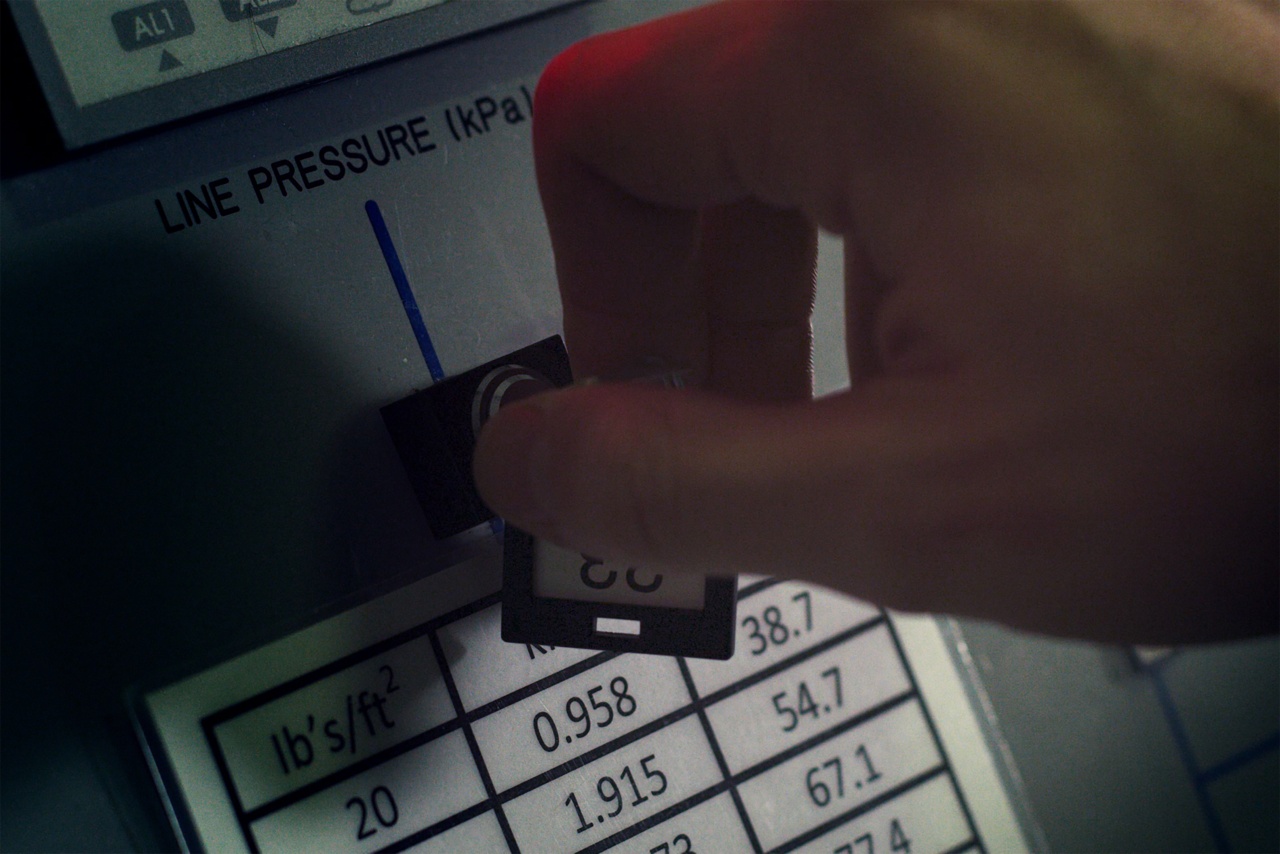As dog owners, we’ve all witnessed our furry friends engage in a peculiar behavior before they relieve themselves. They often sniff, circle, and turn around in circles before finding the perfect spot to potty.
While this behavior may seem instinctive or random, there is actually a scientific explanation for why dogs do this. In this article, we will explore the fascinating science behind why dogs turn around before they potty.
1. The Smell Game
One of the primary reasons why dogs turn around before they potty is to find the perfect scent. Dogs have an incredible sense of smell, and by turning and sniffing, they are assessing the odor left by other animals.
This behavior is rooted in their instinctual need to mark their territory and communicate with other canines in the area.
2. Finding the Right Angle
Turning around before eliminating may also be an attempt by dogs to find the perfect angle for their business. By circling, they are able to position themselves in a way that allows them to best align with the direction of their elimination.
This can help them avoid soiling themselves or stepping on their waste.
3. Checking for Danger
While dogs have been domesticated for thousands of years, their instincts for self-preservation are still intact. By turning around before pottying, dogs can survey their surroundings for potential threats or dangers.
This behavior ensures that they are in a safe and secure environment before they expose themselves by squatting or lifting their leg.
4. Optimal Body Alignment
The act of turning around also helps dogs achieve optimal body alignment during elimination. By circling, dogs are able to adjust their position to ensure a good posture and comfortable stance.
This can be particularly important for dogs with certain health conditions or mobility issues.
5. Habit and Conditioning
Just like humans, dogs are creatures of habit. Turning around before eliminating becomes a routine behavior for most dogs.
This is likely reinforced through positive conditioning, as dogs are often rewarded or praised after successfully completing their business. Over time, this association becomes ingrained, leading dogs to instinctively turn when nature calls.
6. Emotional Comfort
Turning around before pottying can also provide dogs with emotional comfort. It is believed that the circling motion helps dogs relax and prepare themselves mentally for elimination.
This behavior may offer a sense of security and familiarity, reducing anxiety associated with this vulnerable act.
7. Dispersing Scent
In addition to marking territory, turning around before pottying can help dogs disperse their scent more effectively. By circling, dogs are spreading their scent in a wider area, which serves as a form of communication with other canines.
This behavior allows dogs to establish their presence and assert dominance in their surroundings.
8. Evolutionary Remnants
While dogs have come a long way from their wild ancestors, many of their behaviors are deeply rooted in evolution. Wolves and other canines in the wild would practice this turning behavior to flatten grass or foliage before eliminating.
This action served the purpose of creating a makeshift toilet area and covering up their waste, making it less visible to predators.
9. Visual Navigation
Dogs possess a strong sense of visual navigation. By circling before pottying, they are gaining a visual understanding of the area, which helps them find their way back.
This behavior is especially significant when dogs are in unfamiliar territories or are marking their territory in new locations.
10. Habitual Reinforcement
Finally, turning around before pottying is perpetuated simply because it works. Dogs have found through experience that this behavior leads to a successful elimination.
This positive reinforcement further solidifies the behavior, making it a consistent part of their routine.
Conclusion
The seemingly random act of turning around before pottying is, in fact, a purposeful behavior rooted in the science of canine instincts.
Whether it is to find the perfect scent, create the ideal angle, or ensure their safety, dogs have good reasons for engaging in this behavior. So, the next time you witness your furry friend circling diligently, remember that there is a scientific explanation behind their pre-potty ritual.




























